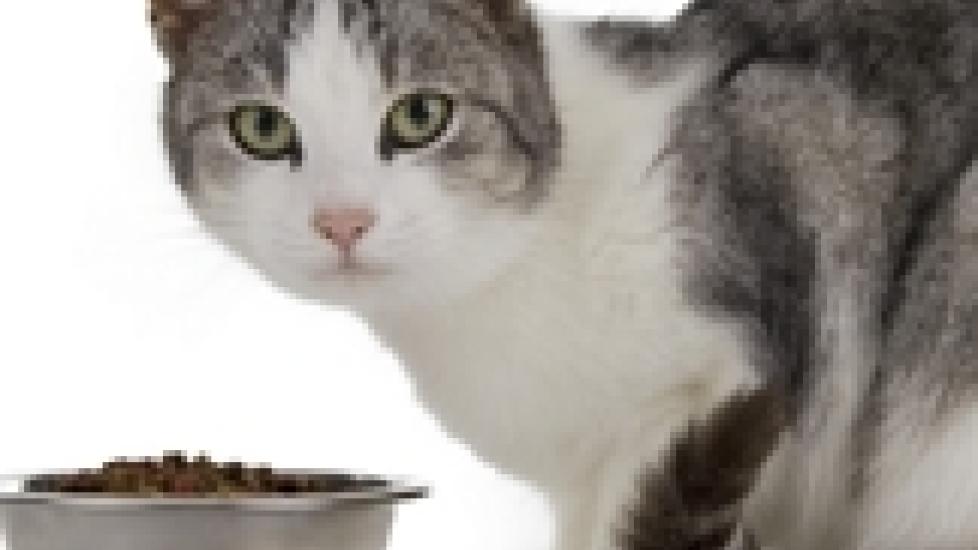Diet Related Thiamine Deficiency in Cats More Common Than Thought
Say what you will about the pros and cons of commercially prepared pet foods, but one fact is indisputably true; they have all but eliminated the incidence of diseases related to nutritional deficiencies in dogs and cats who eat them. In my almost 15 years as a practicing veterinarian, I can’t remember diagnosing a single patient with such a disease. The cases that I hear of almost invariably occur in pets who are being fed home prepared foods or other “nonstandard” foods.
Therefore, I was interested when I ran across an article in the September, 1 2013 edition of the Journal of the American Veterinary Medical Association describing thiamine (vitamin B1) deficiency as still being “of clinical concern even today.” The report continues:
Since 2009, there have been 5 major voluntary pet food recalls involving thiamine-deficient pet foods in the United States that ultimately involved 9 brands of cat foods and at least 23 clinically affected cats. Most of these recalls were instituted in response to a report from a consumer or veterinarian after treating a cat that had clinical signs consistent with thiamine deficiency.
I learned a lot reading through this article and thought I’d share some highlights with you here:
Dogs and cats can… be affected by deficiency of this vitamin because of an inability to endogenously synthesize large quantities of thiamine. Therefore, both cats and dogs need to have a consistent dietary supply of thiamine. As with all B vitamins, thiamine is water soluble, stored in the body in small amounts, and subject to urinary losses. Thiamine is also particularly labile [able to be broken down] and easily destroyed by typical food-processing techniques... Most pet food manufacturers add additional sources of thiamine to compensate for thiamine lost through processing. However, despite best efforts, thiamine-deficient commercial pet foods sometimes are still produced.
Thiamine is found naturally in many plants, particularly whole grains and grain products (eg, rice and wheat germ) as well as yeast and legumes. Thiamine is also found in meat products, often concentrated in the liver, heart, and kidneys [although between 73% and 100% of thiamine is destroyed in the process of cooking meat].
Cats are more susceptible to thiamine deficiency than dogs because cats have approximately a 3-fold higher requirement for the vitamin than their canine counterparts. For example, the NRC-recommended allowance for adult cats is 1.4 mg of thiamine/1,000 kcal of metabolizable energy, whereas the NRC-recommended allowance for adult dogs is 0.56 mg of thiamine/1,000 kcal of metabolizable energy. Although AAFCO does not adjust minimum amounts of thiamine on the basis of life stage, the NRC-recommended allowance for thiamine is higher for reproduction, compared with the allowance for adult maintenance, for cats. Interestingly, although AAFCO and NRC have no specific guidelines for vitamin or other nutrient requirements for geriatric animals, older people appear to be more susceptible to thiamine deficiency than are younger individuals, irrespective of health status.
For information on thiamine deficiency in dogs and cats, move on over today’s Nutrition Nuggets for Dogs post.

Dr. Jennifer Coates
Reference
Thiamine deficiency in dogs and cats. Markovich JE, Heinze CR, Freeman LM. J Am Vet Med Assoc. 2013 Sep 1;243(5):649-56.
Image: Tompet / Shutterstock
